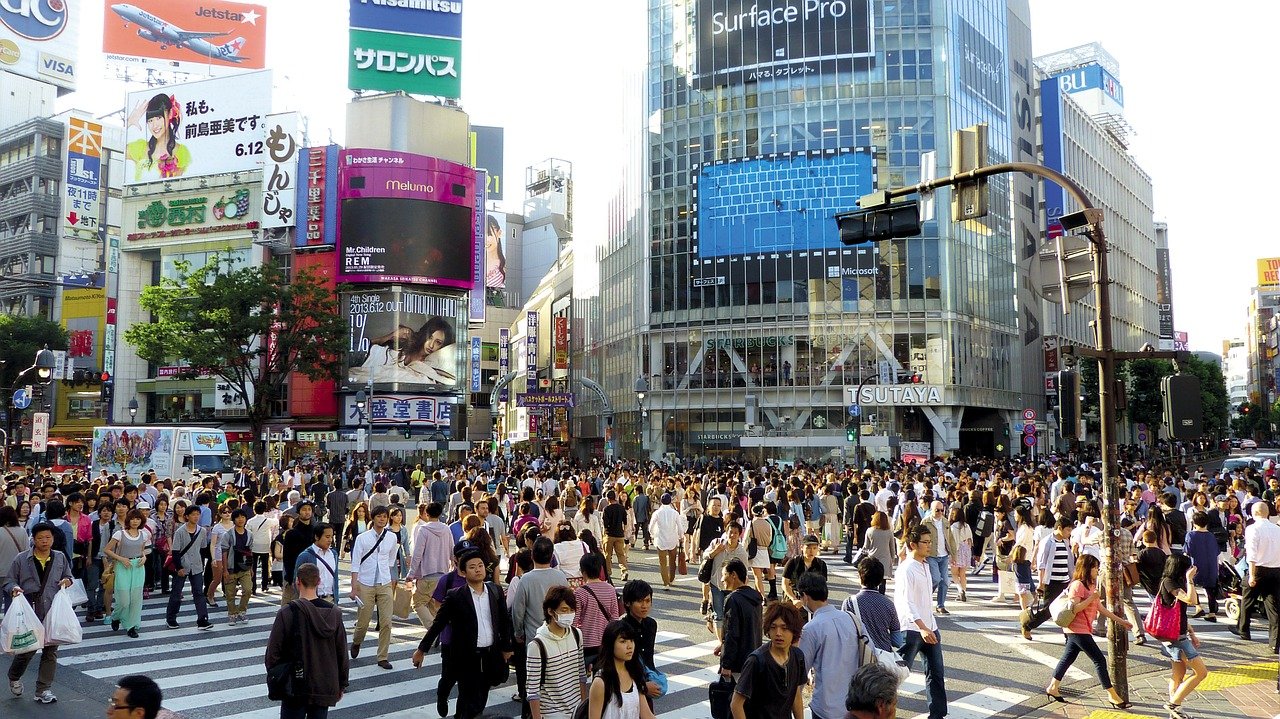Take a snapshot of a city on an ordinary day and you’ll see people commuting from place to place, rubbish being collected, students attending class, electricity emerging at the flick of a switch and countless other activities, most invisible to even the most focused observer.
In many ways, cities are all about the flow of assets, information and people. A lot of people.
Today, more than half of the world’s population lives in an urban area. In a little over 30 years, this will rise to two thirds, and it’s predicted that, as early 2030, our planet will have 41 megacities with well over 10 million inhabitants each.
This is great news. After all, a successful city attracts businesses, fosters innovation and provides incredible opportunities for its citizens.
But how do we construct and manage cities so that everything, and everyone, flows smoothly today and in the future? In short, how can we ensure that our cities will continue to succeed as they grow? After all, a city that works is a city you want to be in.
A key indicator of success is a city’s urban resilience. We know that the ability to get back to normal as quickly as possible following an incident, unplanned event or emergency is essential as it makes citizens feel safe and allows businesses to continue to thrive.
Gone are the days when urban safety was the sole responsibility of law enforcement
And since cities are seen as hubs of commerce and leisure, heightened levels of crime – or even the fear of crime – can fundamentally undermine the quality of urban life for citizens.
The challenge then is how to put systems and processes in place that keep our cities safe while allowing them to adapt and grow as populations increase and technology advances. How do we keep our cities resilient even as their make-up changes?
Open communication and connection
Increasingly, the resilience of cities depends on the open communication and connection between a wide variety of systems and organisations.
Gone are the days when urban safety was the sole responsibility of law enforcement. Businesses, traffic control, public works, schools, transit authorities, hospital administrations and so on all have important roles to play and can add meaningful – often vital – input into any emergency response plan.
For example, the earthquake and Tsunami that struck Japan in 2011 destroyed one of the country’s main highways. Within six days of the disaster, as part of that country’s emergency plan, it was completely repaired, including its road lane markings. This facilitated the movement of supplies and work crews into, and citizens out of, the affected area, thereby increasing their resilience.
Different agencies can end up working in silos, ultimately leading to breakdowns in communication
While road markings might not be at the top of anyone’s to-do list following a natural disaster, the Japanese government and other organisations were able to determine the best course of action required to address very real but not obvious problems through advanced communication and preparation.
In many cities, however, and for a variety of reasons, we see stakeholders who are not collaborating with one another. Business leaders, city planners, municipal infrastructure leaders, fire departments and law enforcement can end up working in silos, ultimately leading to breakdowns in communication, missed opportunities and lapses in city security.
This is felt most acutely during an emergency when silos turn into blind-spots and a lack of cooperation can create opportunities for criminal activity, making a city and its people more vulnerable.
Bring stakeholders together
Fortunately, we have also seen that, when we break down these silos and share information, great things can happen. As we’ve seen in Detroit, a city can almost instantly lower its crime rate by connecting HD video from gas stations and convenience stores with law enforcement.
This seemingly straightforward move has the added benefit of increasing public safety while helping local businesses thrive. As a result, a resilient city that embraces these new technologies, can yield stronger and safer communities where citizens want to reside and do business.
Our task is to establish strong foundations that support and maintain the efficient flow of people, assets and ideas in our cities. These foundations must allow our city and community stakeholders to communicate effectively both now and in the future.
Because, when given the opportunity to share technology, resources and information, cities can significantly improve the way they meet challenges and solve problems – making an ordinary ‘everyday’ possible via extraordinary technologies and collaboration.
Genetec is the official sponsor of Borders & Infastructure Expo, which debuts at IFSEC 2017 in June. Genetec are also exhibiting on stand F500 at the show, which takes place 20-22 June 2017, London ExCeL. Get your free badge now.
Listen to the IFSEC Insider podcast!
Each month, the IFSEC Insider (formerly IFSEC Global) Security in Focus podcast brings you conversations with leading figures in the physical security industry. Covering everything from risk management principles and building a security culture, to the key trends ahead in tech and initiatives on diversity and inclusivity, the podcast keeps security professionals up to date with the latest hot topics in the sector.
Available online, and on Spotify, Apple Podcasts and Google Podcasts, tune in for an easy way to remain up to date on the issues affecting your role.


